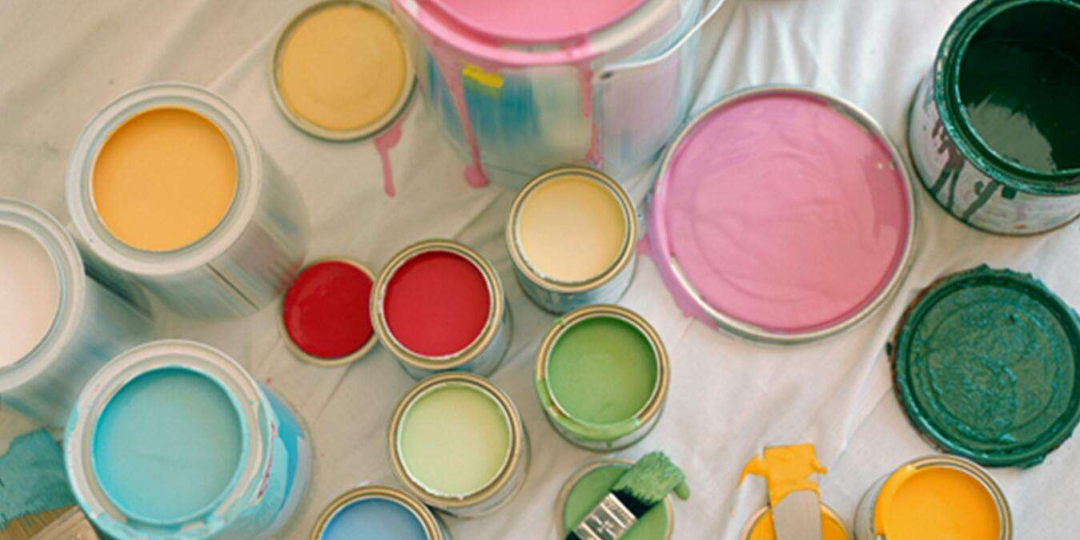The role of water-based dye defoamer
Water-based dyes are a class of dyes that dissolve in water and are commonly used to color fibers, paper, leather, and other materials. Water-based dyes have the characteristics of being easily soluble in water, non-toxic, low volatility and good color fastness. In order to solve the problem of easy foaming, water-based dye defoaming agents are introduced.
There are several reasons and functions for adding water-based dye defoamer in the formula:
1. Control the generation of bubbles: During the preparation process of water-based dyes, bubbles often occur due to the characteristics of the material or the production process conditions. These bubbles may come from the mixing process of water, gas generated by the reaction of raw materials, or air adsorbed on the surface of the material. Adding defoamer can effectively control the generation and expansion of bubbles and avoid the accumulation of bubbles in the dye.
2. Improve the transferability and uniformity of dyes: Water-based dyes need to be deposited and penetrated evenly on the surface of fibers or other materials to achieve the desired dyeing effect. However, the presence of air bubbles can create obstacles during the coating or soaking process, affecting dye transfer and uniformity. By adding a defoaming agent, the surface tension of the bubbles can be destroyed, the bubbles can be eliminated, and the dye can be better contacted with the material surface to achieve a more uniform coloring effect.
3. Improve dye permeability: The addition of defoaming agent can improve the permeability of water-based dyes. Isolated air bubbles may prevent the dye from effectively penetrating into the fiber or material during the dyeing process. Through the action of defoamer, the generation of bubbles can be reduced, the contact area between the dye and the material can be increased, thereby improving the dye penetration performance.
The main function of water-based dye defoaming agents is to prevent the formation of bubbles by reducing the surface tension of the liquid during the dye preparation or stirring process. This helps reduce gas absorption and foam formation, improving dye stability and quality.







